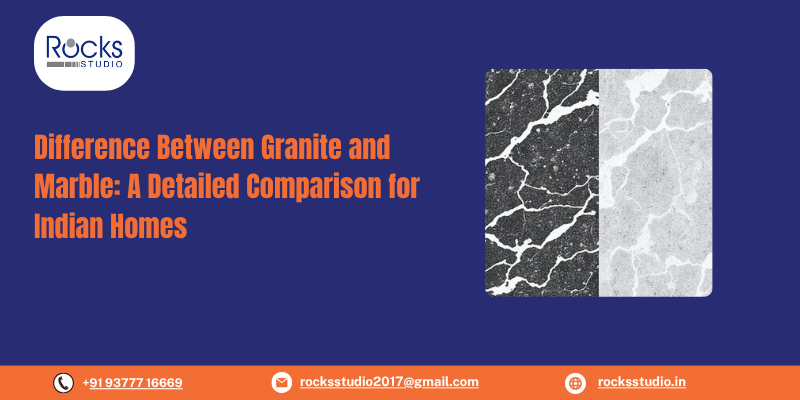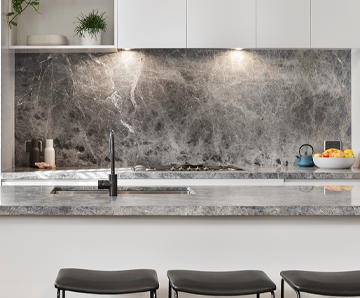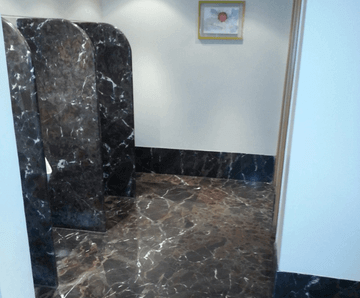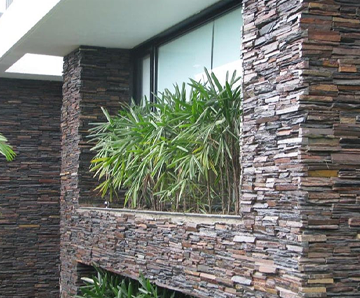Difference Between Granite and Marble: A Detailed Comparison for Indian Homes

Granite vs Marble – The Big Dilemma
When building or renovating a home in India, one of the most common questions homeowners face is — “Should I go for granite or marble?” Both materials are beautiful and natural, but they serve very different purposes.
In Indian homes, these stones are used widely in kitchen slabs, flooring, bathrooms, staircases, and pooja rooms. But before you pick one based on looks alone, it’s important to understand their core differences in durability, maintenance, pricing, and practicality.

Let’s dive into a detailed comparison.
1. Origin and Composition
Granite is an igneous rock, which means it’s formed from cooled lava deep beneath the Earth’s crust. It’s made of minerals like quartz, feldspar, and mica — making it extremely hard and dense.
Marble, on the other hand, is a metamorphic rock formed when limestone undergoes extreme heat and pressure. It contains calcite and dolomite, which gives it a smoother texture but also makes it more porous.
Quick Snapshot:
Feature | Granite | Marble |
Rock Type | Igneous | Metamorphic |
Formation | Cooled lava | Pressurized limestone |
Composition | Quartz, Feldspar, Mica | Calcite, Dolomite |
Hardness (Mohs) | 6 – 7 | 3 – 5 |
2. Appearance and Style Options
When it comes to visual appeal, both stones offer distinct advantages.
- Granite comes with a speckled appearance, available in rich tones like red, black, green, blue, and brown. The patterns are bold and non-uniform — making each slab unique.
- Marble features elegant veins and waves, often in whites, greys, and creams. Italian marble, for example, is world-famous for its white base and grey streaks (think Statuario, Carrara, or Calacatta).
Indian Aesthetic Preferences:
- Granite is often used in kitchens and outdoor spaces.
- Marble is the top pick for temple rooms, flooring, and luxury living rooms.
3. Durability and Strength: Which One Lasts Longer?
In Indian households — with heavy tawa cooking, hot utensils, turmeric stains, and mopping — durability is a critical factor.
- Granite is stronger and more resistant to wear. You can place hot cookware directly on it without damage. It resists scratching and chipping.
- Marble, being softer, can develop scratches or stains over time — especially from acidic foods like lemon, tamarind, and tomato.

4. Maintenance and Care Requirements
Feature | Granite | Marble |
Daily Cleaning | Mild soap, water | pH-neutral cleaners only |
Stain Resistance | High (if sealed) | Low (stains easily) |
Sealant Required | Once a year (optional) | Every 6 months (mandatory) |
Scratches/Etching | Rare | Common from acidic substances |
- Granite requires sealing once a year, especially for kitchen use.
- Marble needs frequent polishing and sealing to maintain its shine and avoid watermarks and discoloration.
5. Heat & Stain Resistance
Granite is heat-resistant. You can place a hot pressure cooker or frying pan on it without causing burns or marks. It also handles masala spills and oil splashes better.
Marble, on the other hand, is sensitive to acidic foods and heat. If lemon juice or vinegar falls on unsealed marble, it can leave a permanent mark (etching). Heat can also discolor or crack marble if not managed properly.

6. Cost Difference in Indian Market (2025)
Stone Type | Price Range (Per Sq. Ft.) |
Indian Granite | ₹70 – ₹250 |
Imported Granite | ₹300 – ₹600+ |
Indian Marble | ₹60 – ₹180 |
Italian Marble | ₹400 – ₹1500+ |
Granite is more budget-friendly and durable. Imported marble like Statuario or Carrara is more expensive and suited for premium homes.
7. Best Areas to Use Granite and Marble
Here’s a simple way to decide which stone to use where:
Home Area | Ideal Stone | Why? |
Kitchen Countertops | Granite | Heat and scratch-resistant |
Living Room Floor | Marble | Elegant, luxurious feel |
Bathroom Vanity | Granite (sealed) | Water-resistant |
Temple/Pooja Room | Marble | Pure, calm visual |
Staircases | Granite | High durability |
Outdoor Areas | Granite | Weather-resistant |
8. Environmental and Local Sourcing
Choosing locally available Indian granite helps reduce environmental impact due to less transport. It also supports the local economy and reduces costs.
For businesses and contractors, sourcing from a trustedgranite exporter in Gujarat gives access to consistent quality and bulk pricing.
9. Design Trends in 2025 for Indian Homes
- Granite continues to dominate kitchens in cities like Ahmedabad, Surat, and Pune.
- Italian marble is a rising trend in luxury flats in Mumbai, Hyderabad, and NCR.
- Architects and interior designers now prefer mixing both stones — using granite in functional areas and marble for elegance.
According to a recent interior design survey (Livspace, 2025), 72% of mid-budget home buyers prefer granite for countertops, while 58% use marble for religious areas or living rooms.
10. Summary Table – Granite vs Marble in a Nutshell
Feature | Granite | Marble |
Appearance | Speckled, rich textures | Veined, smooth, elegant |
Durability | Very high | Medium |
Maintenance | Low | High |
Heat Resistance | Excellent | Moderate |
Stain Resistance | Strong (if sealed) | Weak without sealing |
Cost Efficiency | High (value for money) | Expensive (especially imported) |
Ideal For | Kitchen, outdoors, heavy use | Temples, living room, flooring |
Conclusion: Which One Should You Choose?
Choose Granite if you:
- Cook often and need a durable countertop.
- Want low maintenance.
- Have budget constraints.
- Are working on modular or outdoor designs.
Choose Marble if you:
- Prefer a luxurious finish.
- Are okay with regular upkeep.
- Need it for decorative or spiritual spaces.
Both materials have their place in Indian homes. Your final choice depends on function, budget, and design preference.
Frequently Asked Questions (FAQs)
- Is granite better than marble for Indian kitchens?
Yes, granite is heat and stain-resistant, making it ideal for Indian-style cooking. - Does marble need more maintenance than granite?
Yes, marble is porous and needs sealing every 6 months to avoid stains and dullness. - Which is costlier — marble or granite?
Imported marble is usually more expensive than Indian granite. - Can I use marble in the bathroom?
Yes, but it should be sealed properly to prevent water absorption. - Which stone is more eco-friendly?
Indian granite is more sustainable if sourced locally, as it involves less transportation and energy.









